ZAHIRUDDIN MUHAMMAD BABUR IBN UMAR SHAIKH MIRZA
"One of the unique figures who left an indelible mark in the history of the world, Zahiruddin Muhammad Babur is known and famous all over the world as a great poet, encyclopedist, statesman and a skilled general. His incomparable scientific and creative heritage has a special place not only in the formation of our national culture and the literary and aesthetic thinking of our people, but also in the history of world literature, science and statecraft".
— President of the Republic of Uzbekistan
Shavkat Miromonovich Mirziyoyev

Decision of the President of the Republic of Uzbekistan
International electronic platform “Baburologist” was created in order to ensure the implementation of the Decree of the President of the Republic of Uzbekistan dated January 25, 2023 PD-20 “On the widespread celebration of the 540th anniversary of the birth of the great poet and scientist, famous statesman Zahiruddin Muhammad Babur.
Full text of the resolutionZahiruddin Muhammad Babur was born on February 14, 1483 in Andijan, the capital of Fergana region. His life, full of anxiety, and energetic activity coincided with the last period of the Timurid state, which was in political, socio-economic and cultural crisis and in complete decline.

© Miniatures for “Babur-name”. Hamid Suleiman / Album compiler and preface author Hamid Suleiman – Tashkent: “Fan”. 1970. 160

He was born on February 14, 1483 in the city of Andijan.
The sixth day of the month of Muharram, eight hundred and eighty-eighth year according to Hijri (Khondamir, Mirza Muhammad Haydar). Maulana Munir Margilani, a scholar of Ulugbek Kabuli, found the story of his birth by counting the sums of the letters in the word “Shashi Muharram” (sixth Muharram).

The name was given by Khoja Ubaydullah Akhror, and according to the Muslim naming ritual, the azan was given the name Zahiruddin Muhammad.
In the family from infancy he was affectionately called Babur, Baburjan, and this became both a name and a nickname; Zahiruddin Muhammad Babur, Babur Mirza, Babur the Padishah are used in historical sources and scientific literature. The Baburids in the family called him “Firdavs Makoni”.

© Miniatures for “Babur-name”. Hamid Suleiman / Album compiler and preface author Hamid Suleiman – Tashkent: “Fan”. 1970. 160

© Miniatures for “Babur-name”. Hamid Suleiman / Album compiler and preface author Hamid Suleiman – Tashkent: “Fan”. 1970. 160

© Miniatures for “Babur-name”. Hamid Suleiman / Album compiler and preface author Hamid Suleiman – Tashkent: “Fan”. 1970. 160

His father, Temurid Umarsheikh Mirza, was the fourth son in the family of Sultan Abusaid Mirza, born in Samarkand in 860 AH.
Sultan Abusaid Mirza was the son of Sultan Muhammad Mirza. Muhammad Mirza was the son of Sultan Mironshah. Mironshah Mirza was the third son of Temurbek. He was younger than Umarsheikh Mirza and Jahangir Mirza, and older than Shahrukh Mirza (Baburnama, 2002, p. 37).
His mother, Kutlug Nigorhanim, was the second daughter of Yunus Khan, the sister of Sultan Mahmud Khan and Sultan Ahmad Khan.
Yunus Khan is a descendant of Chagatai Khan, the second son of Genghis Khan. Yunus Khan ibn Vais Khan ibn Sherali Oglan ibn Muhammad Khan ibn Esan Boga Khan ibn Dova Khan ibn Barak Khan ibn Yesun Tuva ibn Motugon ibn Chagatai Khan (Baburnama, 2002, pp. 38-39).

© Miniatures for “Babur-name”. Hamid Suleiman / Album compiler and preface author Hamid Suleiman – Tashkent: “Fan”. 1970. 160
Grandfather Yunus Khan was very close to his father Umarsheikh Mirza, and when Babur Mirza was born, he sent a messenger to convey good news to Yunus Khan.
Khan arrived from Mogolistan and they remained together for a long time. When Padishah Babur was tonsured, everyone celebrated this occasion.
Grandfather Yunus Khan and father Umarsheikh Mirza asked Hazrat Eshan Ubaidullahan to name the child.
Hazrat named him Zahiruddin Muhammad... It was difficult for them to pronounce Zahiruddin Muhammad, so they called him Babur. In khutbahs and charters he was called and written as “Zahiruddin Muhammad Babur.” However, he is better known as Babur the Padishah (Mirza Muhammad Haydar, pp. 219-220).

© Miniatures for “Babur-name”. Hamid Suleiman / Album compiler and preface author Hamid Suleiman – Tashkent: “Fan”. 1970. 160

© Miniatures for “Babur-name”. Hamid Suleiman / Album compiler and preface author Hamid Suleiman – Tashkent: “Fan”. 1970. 160

© Miniatures for “Babur-name”. Hamid Suleiman / Album compiler and preface author Hamid Suleiman – Tashkent: “Fan”. 1970. 160

The great historian Giyasiddin Khondamir wrote about the birth and childhood years of Babur Mirza:
“When the country of Fergana was the envy of the Gardens of Eden in honor of the justice of Mirza Umarsheikh Koragon, on the sixth day of the month, Muharram, 888 AD, rays of light shone on the horizon, illuminating the kingdom, and a precious stone shining like the sun shone on the horizon of the caliphate... That is, Mirza Umarsheikh... had a son from his wife Nigorhanim binti Yunus Khan, from childhood his face shone with rays of happiness and luck, and as he grew older, signs of glory and a great future were noticeable. Signs of happiness were written on the forehead.
He ordered preparations for the wedding and celebration, and for several days he held a feast, drank glasses of sweet wine from the hands of hundreds of cupbearers and named his child Zahiruddin Muhammad Babur. Several lucky nannies were entrusted with feeding and caring for the blessed baby. As a child, prince was brought up in the abode of honor and care, kindness and modesty until the age when he could distinguish between good and evil, when he reached adulthood, he was appointed to work in managing the districts of Andijan region and began to live on this land" (Khondamir, p. 36-38).
As one of the most important political goals, Babur set the task of reuniting Transoxiana, fragmented as a result of civil strife, and restoring the state of his great ancestor, commander Amir Temur.

© Miniatures for “Babur-name”. Hamid Suleiman / Album compiler and preface author Hamid Suleiman – Tashkent: “Fan”. 1970. 160
After the tragic death of his father Umarsheikh Mirza in 1494, Zahiruddin Muhammad Babur, at the age of 12, sat on the throne of Fergana province and began to rule the state.
His turbulent life and energetic activities coincided with the last period of the Timurid dynasty, which was in political, socio-economic and cultural crisis and in decline.
Disobedience to the central government and the willfulness of local governors have intensified in the country.
In particular, the ruler of Isfara, Ibrahim Soru, refused to obey Babur Mirza and handed over the city to the Samarkand ruler, Boysungur Mirza. A group of beks (officers) led by Hasan Yaqub, in order to elevate Jahangir Mirza, the brother of Babur Mirza, to the throne, organized a rebellion against him. In these dangerous years, Babur Mirza begins to take precautions: “This year I began to abstain from questionable foods and carefully chose even my knife, spoon and tablecloth.”

© Miniatures for “Babur-name”. Hamid Suleiman / Album compiler and preface author Hamid Suleiman – Tashkent: “Fan”. 1970. 160

© Miniatures for “Babur-name”. Hamid Suleiman / Album compiler and preface author Hamid Suleiman – Tashkent: “Fan”. 1970. 160

© Miniatures for “Babur-name”. Hamid Suleiman / Album compiler and preface author Hamid Suleiman – Tashkent: “Fan”. 1970. 160
Babur tries his best to rule a large and troubled region.
Organizes hikes around the cities of Andijan. During this period, most of the Timurid state was under the rule of Shaybani Khan.

Babur tries his best to rule a large and troubled region.
In the fall of 1497, he captured several areas around Samarkand, and after a seven month siege, he captured Samarkand and Boysungur fled to Kunduz. After a long siege, the city experienced extremely difficult times. It was difficult to find food. Babur faced great problems in providing the army with food.
Some nukers (soldiers) flee to Andijan and Akhsi. On top of that, some beks (officers) who remained in Andijan turned away from Babur and accepted an attempt to place his brother Jahangir Mirza on the throne. After 100 days of ruling Samarkand, Babur, who was worried about Andijan, suffering from economic difficulties and serious illness, was forced to leave Samarkand. But by the time they reached Khojand, Andijan had also been lost and passed into the hands of the enemy.

© Miniatures for “Babur-name”. Hamid Suleiman / Album compiler and preface author Hamid Suleiman – Tashkent: “Fan”. 1970. 160

Babur’s attempt to return Andijan with the support of his uncle, the ruler of Tashkent, Sultan Mahmud Khan, was unsuccessful.
This failure had a negative impact on Babur’s army, and many beks (officers) and nukers (soldiers) left him. Soon he captured Margilan and tried to recapture Andijan. He returned it in June 1498. Babur made peace with his brother Jahangir Mirza and left him “the areas towards Akhsi on the banks of the Khojand River...” and took control of the areas on Andijan side.

During the period of intensifying civil strife among the Timurids, Shaybani Khan began to conquer Transoxiana.
In 1499, he passed through Jizzakh and Samarkand, capturing Karshi and Shakhrisabz, and returned to Dashti-Kipchak with great booty. Soon after this, he returned with a large army to Transoxiana and captured Bukhara and Karakul (1499); the ruler of Samarkand, Sultanali Mirza, due to lack of intelligence, surrendered the city to Shaybani Khan without a fight (1500). However, a certain part of the city residents and nobility advocated the restoration of Timurid power. They sent a letter to the ruler of Fergana Babur and invited him to conquer Samarkand.

© Miniatures for “Babur-name”. Hamid Suleiman / Album compiler and preface author Hamid Suleiman – Tashkent: “Fan”. 1970. 160

© Miniatures for “Babur-name”. Hamid Suleiman / Album compiler and preface author Hamid Suleiman – Tashkent: “Fan”. 1970. 160

© Miniatures for “Babur-name”. Hamid Suleiman / Album compiler and preface author Hamid Suleiman – Tashkent: “Fan”. 1970. 160
When Babur arrives in Samarkand with his army (240 people) in the late autumn of 1500, the local population welcomes him and opens the city gates.
600 soldiers of Shaybani Khan, left to defend the city, were killed. Shaybani Khan retreated to Bukhara. In a short time, Babur’s power was recognized by all regions of Samarkand, the cities of Karshi and Guzar. But food supplies ran out in the city and famine began. When Shaybani Khan found out about this, he gathered a lot of forces and again set out on a campaign against Samarkand. In April 1501, Babur’s troops were defeated in a battle near the village of Saripul on the Zarafshan River. Babur retreated to Samarkand. The city was again besieged and the siege lasted four months. Residents of the besieged city were dying of hunger, and from hopelessness Babur left Samarkand in the second half of 1501 and returned to Tashkent to meet with Sultan Mahmud Khan.
Although Babur tried his best to protect and preserve the Timurid Empire and waged a continuous struggle against Shaybani Khan for several years, he was unable to achieve his goal amid the severe economic crisis and political chaos prevailing in the country.
In 1503, the united army of the Kalmyks and Tashkent, Khan Sultan Mahmud Khan, Babur’s uncle, was defeated by Shaybani Khan on the banks of the Syr Darya. During Babur’s struggle for the throne of Samarkand, Andijan was captured by Ahmad Tanbal. In 1501–1504, Babur’s struggle against Sultan Ahmad Tanbal and his brother Jahangir Mirza for the return of Fergana possessions ended in failure, and he was forced to leave Transoxiana (June 1504).

© Miniatures for “Babur-name”. Hamid Suleiman / Album compiler and preface author Hamid Suleiman – Tashkent: “Fan”. 1970. 160
Babur with 200-300 soldiers marches through the Hissar Mountains to Kabul (1504) and, taking advantage of the internal conflicts of the local authorities, captures Ghazni and Kabul.
After the conquest of Kabul, he quickly began building an independent state, organizing an army and establishing strict internal discipline. Babur treated Kabul and Afghanistan as a whole as his homeland and began construction and improvement, development of crafts and agriculture. He built gardens such as “Bog’i Shahroro”, “Bog’i Jahonoro”, “O’rtabog’”, “Bog’i Vafo” and “Bog’i Bobur”. He turned the Bolo Hisar fortress inside the city into his residence, restored it, built new buildings and lived in this fortress with his family. His children Humayun, Gulbadan Begim, Kamron and Hindol were born here. Here, in “Bog’i Navruz,” his mother Kutluknigorhanim, who died in the spring of 1506, was buried.
Proof of such a high position is the fact that Sultan Hussein specially invited Babur to a meeting together with all the Timurid rulers on the issue of taking joint measures against the Shaybanid invasion.
Following this invitation, Babur goes to Herat. Despite the sudden death of Sultan Hussein (1506), he went to Herat and negotiated with the heirs of Sultan Hussein. The plans of the Timurid rulers to unite and repel the invasion of Shaybani Khan were not realized, and soon they suffered defeats one after another and the state was completely lost from their hands.

© Muhammad Haydar Mirza / History of Rashidi / Vahob Rahmonov, translated by Yanglish Egamova. Tashkent: "Sharq". 2010

© Miniatures for “Babur-name”. Hamid Suleiman / Album compiler and preface author Hamid Suleiman – Tashkent: “Fan”. 1970. 160

© Muhammad Haydar Mirza / History of Rashidi / Vahob Rahmonov, translated by Yanglish Egamova. Tashkent: "Sharq". 2010
At the beginning of 1507, Babur set out on a campaign to India. However, his takeover attempt fails and he returns to the capital Kabul.
Observing the political situation and military operations in Transoxiana and Khorasan, Babur constantly keeps his troops in full combat readiness. When Shaybani Khan captured the major centers of Khorasan, he set out on a campaign to conquer Iran. But in a fierce battle with the Iranian Shah Ismail I Safevi (1510) was defeated and died in Merv. Shah Ismail sends troops into Khorasan and Transoxiana and begins to inflict damage on the Shaybanids.
Babur, having concluded a military-political alliance with Shah Ismail, captured Hissar in the spring of 1511, Bukhara in the summer, and Samarkand again in early October. Babur’s alliance with the Safavids - the Shiites - causes discontent among the population. On April 28, 1512, in the Battle of Kuli Malik Babur was defeated by the Shaybanid military leader Ubaydullah Khan and went to Hissar. In the fall of 1512, Babur met in Balkh with Najmi Soni, sent by Ismail Safevi. On November 24, 1512, at the Battle of Gijduvan, the allies were defeated by the Shaybanids. Babur was forced to return to Kabul. After this, he loses hope of conquering Transoxiana and focuses all his attention on conquering India.
The Baburnama does not contain information about events relating to the years 1520-1525, that is, the period when political and military cooperation with Ismail Safevi ceased
According to information from reliable sources about Babur’s alliance with Ismail Safevi, Babur remained firm in his faith (Hanafi sense).

© Miniatures for “Babur-name”. Hamid Suleiman / Album compiler and preface author Hamid Suleiman – Tashkent: “Fan”. 1970. 160

By the spring of 1519, Babur began implementing his plan to conquer India and organized several campaigns over the next 5-6 years.
Finally, in April 1526, in the Battle of Panipat, he defeated the hundred thousand army of his main rival, Delhi Sultan Ibrahim Lodi, with 12 thousand soldiers, and captured Delhi. Soon after this, he defeats the Rajput commander Rana Sanga, subjugating part of Northern India up to Bengal. Babur, who chose Agra as his capital, begins large-scale landscaping and construction work. Thus, Babur created a huge state in 1526, uniting the territories from the Ganga River to the Amu Darya, thereby laying the foundation for the powerful Baburid dynasty, which ruled India for almost three and a half centuries.

© Miniatures for “Babur-name”. Hamid Suleiman / Album compiler and preface author Hamid Suleiman – Tashkent: “Fan”. 1970. 160

© Miniatures for “Babur-name”. Hamid Suleiman / Album compiler and preface author Hamid Suleiman – Tashkent: “Fan”. 1970. 160
Zahiruddin Muhammad Babur was not only a major statesman and commander of his era, but also a sensitive poet, writer, translator and mature scholar. He left humanity a rich literary and scientific heritage.
His works that have come down to us testify to the versatility and genre diversity of Babur’s work.

© Muhammadali Abdukunduzov - People's Artist of Uzbekistan and Karakalpakstan
Zahiruddin Muhammad Babur was not only a major statesman and commander of his time, but also a sensitive poet, writer, translator and mature scholar.
He left humanity a rich literary and scientific heritage. His works that have come down to us testify to the versatility and genre diversity of Babur’s work. In his works, the reader sees the image of a scientist and thinker, a lover of the beauty of man and nature, a connoisseur of the best moral qualities, accurately reflecting current historical events, condemning evil and hypocrisy, impartially observing the activities of historical figures, able to evaluate the work of scientists, poets and artists from the standpoint of advanced traditions of that time. Babur is considered a great personality who left an indelible mark on the history of mankind thanks to his progressive views and merits in the development of science.
In the rich and priceless scientific and literary heritage that Babur left to his descendants, his “Baburnama” undoubtedly brought world fame to our great ancestor.
Finally, in April 1526, in the Battle of Panipat, he defeated the hundred thousand army of his main rival, Delhi Sultan Ibrahim Lodi, with 12 thousand soldiers, and captured Delhi. Soon after this, he defeats the Rajput commander Rana Sanga, subjugating part of Northern India up to Bengal. Babur, who chose Agra as his capital, begins large-scale landscaping and construction work. Thus, Babur created a huge state in 1526, uniting the territories from the Ganga River to the Amu Darya, thereby laying the foundation for the powerful Baburid dynasty, which ruled India for almost three and a half centuries.


© Muhammadali Abdukunduzov - People's Artist of Uzbekistan and Karakalpakstan

Scientists who observed the translations of this masterpiece of Babur in different languages noted an interesting phenomenon: it turned out that the book was published in different languages of the world under more than twenty titles.
For example: “Voqeoti Boburiy ”, “Voqeanomayi podshohi”, “Tabaqoti Boburiy”, “Tuzuki Boburiy”, “Vaqoye’”, “Voqeanoma”, “Bobur podshohning tarjimayi holi”, “Boburiya”, “Bobur memuarlari”, “Esdaliklar”, “Bobur tarixi”, “G‘aroyib tarjimayi hol”, “Sharhlar”, “Ma’murnoma”, “Boburning hayoti”, “Tuzuk”, “Podshohnoma”, “Bobur xotiroti”, “Bobur bitiklari”, “Baburnoma ingliz tilida” and etc. (“The Story of Babur”, “The King of Events”, “Tabaqoti Baburi”, “Tuzuki Baburi”, “Vaqoye’”, “Voqeanoma”, “Biography of King Babur”, “Baburiya”, “Memoirs of Babur”, “Reminiscences”, “History of Babur”, “Strange Biography”, “Commentaries”, “Administration”, “Life of Babur”, “Tuzuk”, “Podshahnoma”, “Memory of Babur”, “Writings of Babur”, “Baburnama in English”)

The information in Baburnama is so diverse that specialists from almost all fields of science can enjoy this work.
Thanks to the reliability of these facts, the historian receives important information regarding the history of Central Asia, Khorasan, Afghanistan and India of that time, the natural scientist receives information regarding the topography, economic geography of these countries, knowledge and ideas regarding the animal world; a botanist gets acquainted with the world of plants, an ethnographer with everyday life, encounters interesting details of the customs of various local peoples inhabiting these places, a linguist can imagine the state of the Uzbek literary language in that period, and a literary critic can imagine the literary environment of that era.
Thanks to these qualities, Baburnama has been attracting the attention of many scientists around the world for many years and is highly valued by them.
Interpreting the sense of justice as one of the main themes in his poetry, Babur promoted progressive ideas of social thought. They are more reflected in rubai. In particular, the poet reflects on the high and base feelings inherent in a person, arguing that nobility deserves reward, and baseness deserves punishment.

© Malik Nabiyev - "Zahiruddin Muhammad Babur" work.
The general properties of the poet’s lyrical works are as follows:
Their style is distinguished by simplicity and smoothness, brevity, appearance based on more real events, despite the fact that they were created in the traditions of our classical literature. As a result, his poems organically combine lyricism with historicism, artistry with vitality, emotionality and reality. This determines the uniqueness of the poet’s creative style.
It should be especially noted that in Babur’s writings the realistic style of depiction prevails over the emotional style of depiction.
For example, in a gazelle about love “...turned yellow like an autumn leaf...” the poet complains about the indifference of his beloved. Noting that he has turned yellow, like an autumn leaf, from his love towards this roselike face, he asks his beloved to be lenient when she sees his yellowed face. The lover, having not earned the favor of his beloved, agrees to die, but at the same time does not condemn her, but, on the contrary, wishes her happiness and “love in the garden of beauty.”

© Miniatures for “Babur-name”. Hamid Suleiman / Album compiler and preface author Hamid Suleiman – Tashkent: “Fan”. 1970. 160

© Malik Nabiyev - "Zahiruddin Muhammad Babur" work.

© Miniatures for “Babur-name”. Hamid Suleiman / Album compiler and preface author Hamid Suleiman – Tashkent: “Fan”. 1970. 160
Interpreting the sense of justice as one of the main themes in his poetry, Babur promoted progressive ideas of social thought.
In particular, the poet reflects on the high and base feelings inherent in a person, arguing that nobility deserves reward, and baseness deserves punishment:
Anyone who is faithful is worthy of loyalty.
A cruel person deserves torment.
God will give good people as friends,
and whoever is bad with others is worthy of vengeance.

In general, Babur’s poetry takes pride of place among rare examples of Uzbek literature in terms of its genre characteristics, breadth of themes, life philosophy and artistic design.
They reflected the views of not only an enlightened person, but also the author on life and human dignity, the desire to enjoy beauty. That is why Babur’s poetry can be called a unique artistic reflection of the difficult era in which he, the Great Man, lived.
Babur’s “Treatise Aruz” occupies an important place in the study of the theory of Uzbek poetry. This treatise by Babur became the second major study written in Turkic about the size of aruz after “Mezon ul-Avzon” by Ali-Shir Nava’i.

Babur’s Treatise on Aruz occupies an important place in the study of the theory of Uzbek poetry.
This treatise by Babur became the second major study written in Turkic about the size of aruz after “Mezon ul-Avzon” by Ali-Shir Nava’i. When writing this work, along with Nava’i’s treatise, the author carefully studies the treatises on aruz by the classics of Persian-Tajik literature Rashiddin Vatvot, Nasiriddin Tusi, al-Razi and others.

The Treatise on Aruz mentions the names of more than 60 poets who lived in the 15th-16th centuries and provides excerpts from their works.
This work serves as an important source and guide in studying the history of the theory of poetry of the Uzbek and other Turkic peoples.

© Miniatures for “Babur-name”. Hamid Suleiman / Album compiler and preface author Hamid Suleiman – Tashkent: “Fan”. 1970. 160


© Miniatures for “Babur-name”. Hamid Suleiman / Album compiler and preface author Hamid Suleiman – Tashkent: “Fan”. 1970. 160

Babur’s Baburnama also describes poets, painters and scientists and cultural figures who lived and worked in Transoxiana and Khorasan at the end of the 15th and beginning of the 16th centuries.
Here Babur’s talent as a literary scholar and critic manifests itself.
In particular, speaking about Mir Sabarakhna, Babur rightly notes: “He ruined his life trying to compose a long, voluminous, false story like “The Tale of Emir Hamza”; This is a work contrary to nature and reason.”

The Treatise on Aruz mentions the names of more than 60 poets who lived in the 15th-16th centuries and provides excerpts from their works.
Babur, with his creativity, made a worthy contribution to the development of Persian-Tajik literature of the 15th-16th centuries.

© Miniatures for “Babur-name”. Hamid Suleiman / Album compiler and preface author Hamid Suleiman – Tashkent: “Fan”. 1970. 160
The author strives to reveal the most significant aspects inherent in their work when it comes to people who wrote.
When Babur talks about creators, describing them, he tries to note their contribution to the development of literature and art, their skill in this field, their merits in the development of culture and evaluates the poet or writer from this perspective.

© Miniatures for “Babur-name”. Hamid Suleiman / Album compiler and preface author Hamid Suleiman – Tashkent: “Fan”. 1970. 160

© Miniatures for “Babur-name”. Hamid Suleiman / Album compiler and preface author Hamid Suleiman – Tashkent: “Fan”. 1970. 160
Zahiruddin Muhammad Babur made a worthy contribution to the development of many branches of science. In this sense, Mubayyin occupies a special place in his work. However, the study of this work, which is a valuable resource not only for literary scholars, but also for scientists in other fields of science - Islamic scholars, historians, philosophers, economists, linguists, teachers, became possible only after our Motherland gained independence.


Zahiruddin Muhammad Babur made a worthy contribution to the development of many branches of science.
In this sense, Mubayyin occupies a special place in his work. However, the study of this work, which is a valuable resource not only for literary scholars, but also for scientists in other fields of science - Islamic scholars, historians, philosophers, economists, linguists, teachers, became possible only after our Motherland gained independence. A lot of work has been done to research and publish it. The Mubayyin is an essay in verse about scientific, educational, religious culture in public, family, and private life of Timurid era.

Zahiruddin Muhammad Babur with his Mubayyin proves that he is a great scientist.
Conceiving the rules as a program for his sons, Crown Princes Nasiriddin Humayun and Kamron Mirza, through them he educates the masses about the five pillars (fards) of Islam. Indeed, the work beautifully expounds in verse the questions of the five pillars of the holy religion of Islam: faith, namaz (prayer), fasting, zakat and hajj. Research scholars claim that the main sources on which the author of Mubayyin relies are the blessed books Mukhtasari Vikoya and Khidoya Sharif. On the other hand, the texts of the prayers in the composition are mainly from six books, that is, the prayers are selected from the hadiths contained in the books of the six great work, as well as from the work of Imam Ghazali Ihyu ulumiddin.




In Mubayyin, religious issues are explained in depth and with high artistic skill.
The work consists of five parts: the first is called “Etikodia”, the second is “Kitab us-salat”, the third is “Kitab uz-zakat”, the fourth is “Kitab us-savm”, and the fifth is “Kitabul-Hajj”. It is valuable as a shining example of our classical literature, demonstrating the fullness of the richness and power of the Uzbek language.

It should be noted that Babur Mirza also touches on sensitive issues of fiqh in several places in Baburnama.
It is known from his other works that he was a wise faqih. It is also known from history that Babur Mirza, having simplified the Arabic alphabet, created the Khatti Baburi alphabet. As Lakhnavi Hasani writes, he rewrote the Koran in this alphabet and sent it to the holy Mecca - to the administrators of the holy Kaaba. The Koran, written in Khatti Baburi, was brought to our country from the Mashhad Museum, which opens up new opportunities for studying the scientific activity of Babur Mirza.